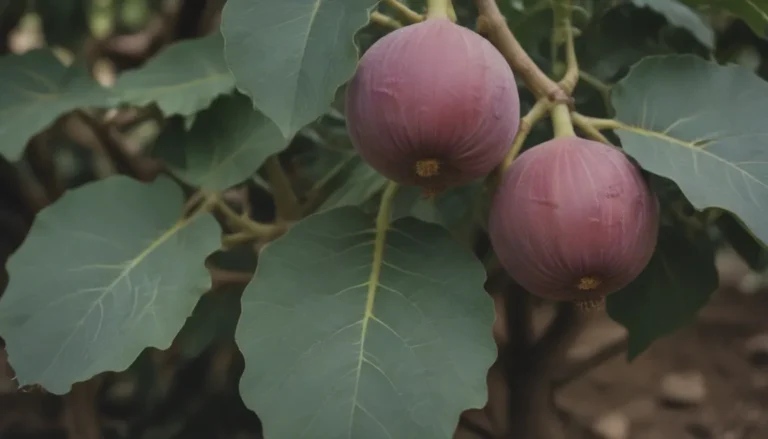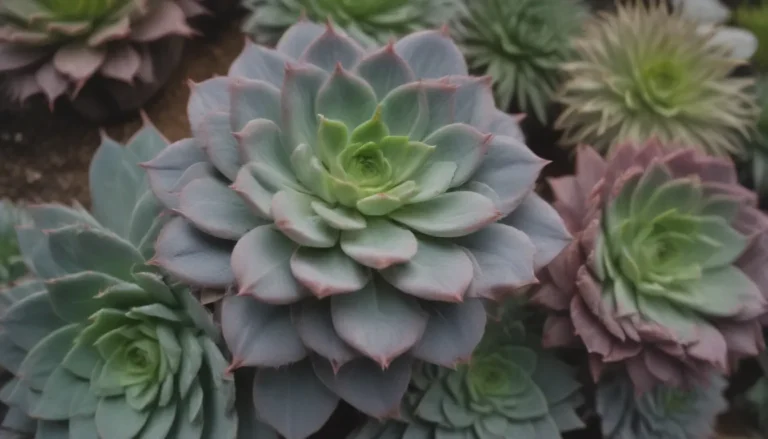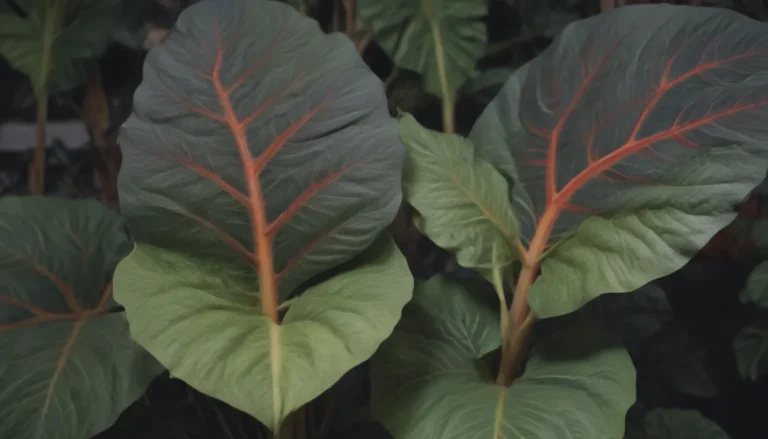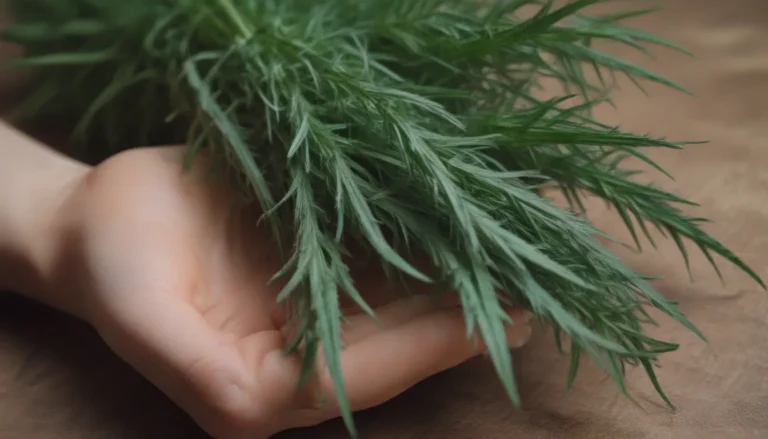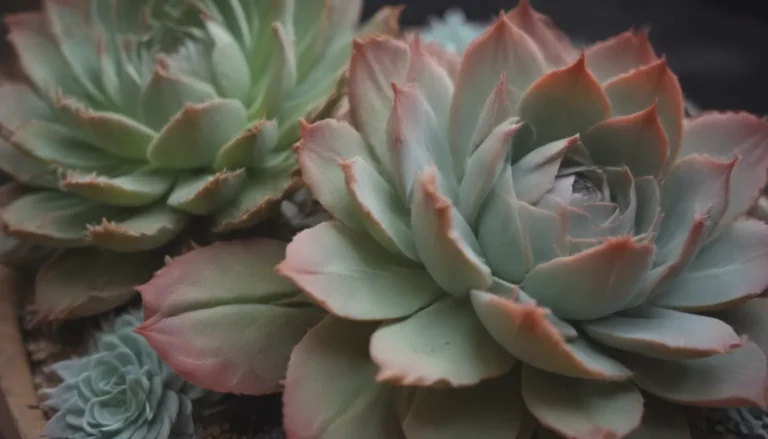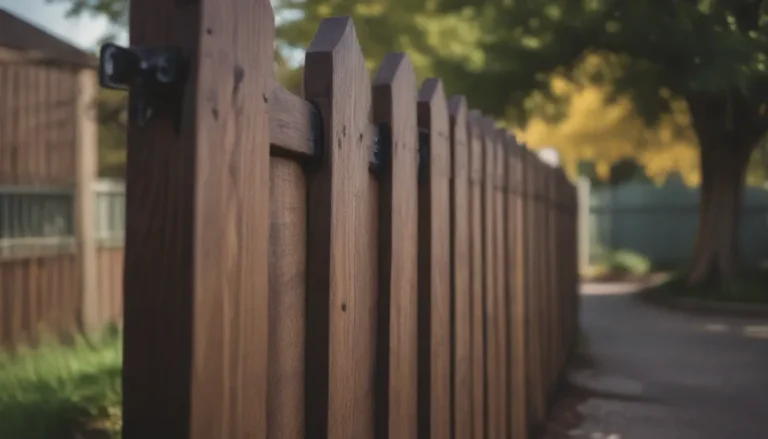Ultimate Guide to Coleus Plants: Care & Growing Tips

Are you looking to add a pop of color to your garden with vibrant foliage plants? Look no further than coleus! Coleus plants come in a wide array of colors, patterns, and textures, making them a versatile and beautiful addition to any garden. In this comprehensive guide, we will cover everything you need to know about growing and caring for coleus plants.
Why Choose Coleus Plants
Coleus plants are a popular choice for gardeners for several reasons:
- Easy to Grow: Coleus plants are low-maintenance and easy to grow, making them perfect for beginners.
- Vibrant Colors: With a wide selection of colors and patterns, coleus plants add a pop of color to any garden.
- Sun and Shade Tolerant: Coleus plants thrive in both sun and shade, making them versatile for different garden conditions.
- Tolerant of Soil Types: These plants are not picky about soil type and can grow well in various soil conditions.
New Varieties
New colors and patterns of coleus plants are introduced regularly, including dwarf varieties, trailing types, and big-leaf, upright plants that can grow up to 3 1/2 feet tall. These new varieties offer even more options for adding visual interest to your garden.
Coleus Care Tips
Taking care of coleus plants is relatively easy, but there are a few key things to keep in mind to ensure they thrive:
Light
- Coleus plants thrive in shady spots but can also tolerate some sun.
- Morning sun and afternoon shade are ideal for most coleus varieties.
- Indoor coleus plants may require supplemental grow lights in the winter.
Soil
- Coleus plants prefer consistently moist, rich, well-draining soil.
- Before planting, amend the soil with compost or other organic material.
- Use a good-quality potting mix for potted coleus plants.
Water
- Keep the soil consistently moist but not soggy for optimal coleus growth.
- Water when the top inch of soil feels dry to the touch.
- Mulch can help retain moisture, but avoid using cedar mulch, which is toxic to coleus.
Temperature and Humidity
- Coleus thrives in hot, humid conditions.
- Protect plants from light frost by moving them indoors or using an insulating cover.
- Provide extra humidity in dry climates for healthier coleus plants.
Fertilizer
- Coleus is sensitive to fertilizer, so avoid overusing it.
- Amend the soil with a balanced slow-release fertilizer at planting time.
- Feed container-grown plants with a water-soluble fertilizer once a month.
For more gardening tips and tricks, sign up for our free gardening newsletter for expert advice and insights!
Types of Coleus Plants
There are hundreds of coleus plant varieties available, each offering unique colors, textures, and patterns. When shopping for coleus plants, consider exploring different garden centers to find more unique varieties. Some popular types to look for include:
- Wizard Series
- Kong Series
- ‘Black Dragon’
- Premium Sun Series
- Fairway Series
Pruning Tips
To keep your coleus plants full and bushy, it’s important to prune them regularly:
- Pinch out growing tips when plants are about 6 inches tall.
- Pinch just under the flower buds to promote leafy growth.
- Pruning helps maintain the shape of the plant and prevents it from becoming leggy.
Propagating Coleus Plants
You can easily propagate coleus plants by taking stem cuttings. Follow these steps for successful propagation:
- Gather sharp scissors, potting mix, small pots with plastic covering, and rooting hormone.
- Take several cuttings to improve your success rate with more unusual coleus varieties.
How to Grow Coleus From Seed
While most coleus plants are hybrids grown from cuttings, you can still grow them from seed. Follow these steps for successful seed germination:
- Start seeds indoors about 8-10 weeks before your last frost date.
- Provide warm weather and ample sunlight for germination and growth.
- Modern coleus varieties sold in stores are hybrids, but you can find seeds for many varieties.
Potting and Repotting Coleus Plants
Coleus plants grow quickly, so it’s essential to choose the right pot size for optimal growth:
- Select a pot large enough to accommodate the mature plant.
- For tall, upright varieties, choose a heavy 12-inch pot like terra cotta.
- Ensure containers have proper drainage to prevent waterlogging.
Common Pests & Plant Diseases
Protect your coleus plants from common pests and diseases to ensure their health:
- Groundhogs, rabbits, mealybugs, aphids, spider mites, whiteflies, and slugs can damage coleus plants.
- Control pests with strong sprays of water and mulch to deter slugs.
- Watch for fungal diseases like powdery mildew and provide good drainage to prevent root and stem rots.
Common Problems With Coleus
While coleus plants are relatively resilient, they can encounter a few common issues:
- Yellow Leaves: Overwatering, underwatering, and too much fertilizer can cause yellow leaves.
- Leaf Spores: Downy mildew can affect coleus plants in cool, humid conditions.
- Wilting: Large-leaf cultivars may wilt in direct sun or after transplanting.
Plants You Might Also Like
Coleus plants are tender perennials that are hardy in zones 10 and 11, but in colder climates, they are typically grown as annuals. Consider the height and spread of different coleus varieties when planning your garden layout. Remember to keep these plants away from pets as they can be toxic if ingested.
In conclusion, coleus plants are a colorful and versatile addition to any garden. With proper care and attention to their unique needs, you can enjoy vibrant foliage and visual interest throughout the growing season. Experiment with different varieties and propagation methods to create a stunning display of coleus plants in your garden. Happy gardening!
